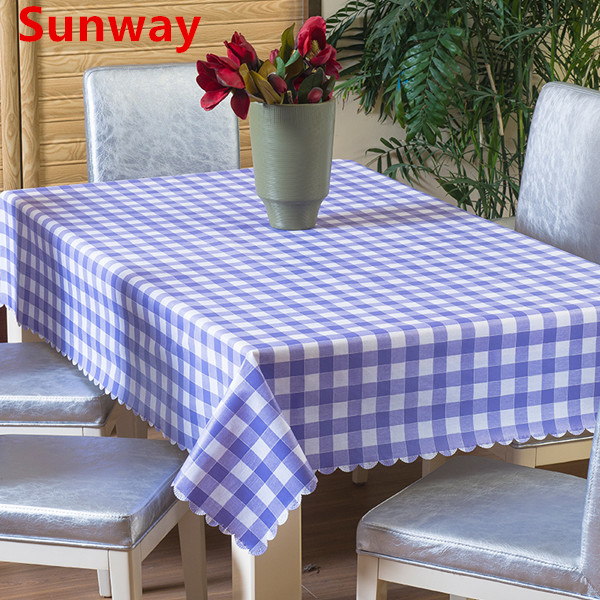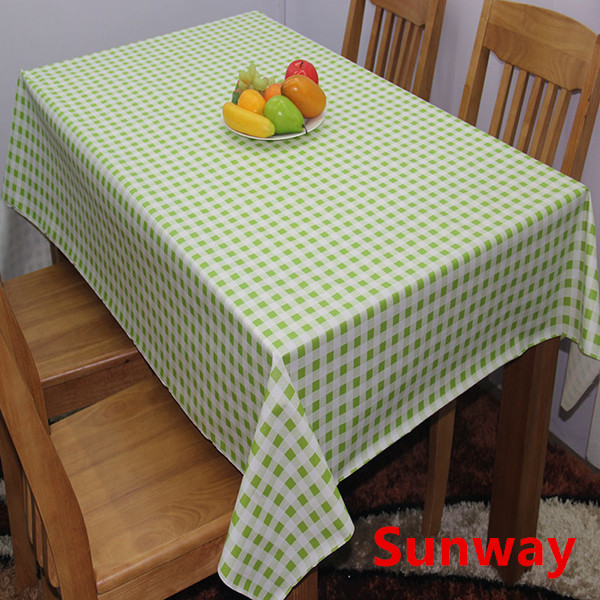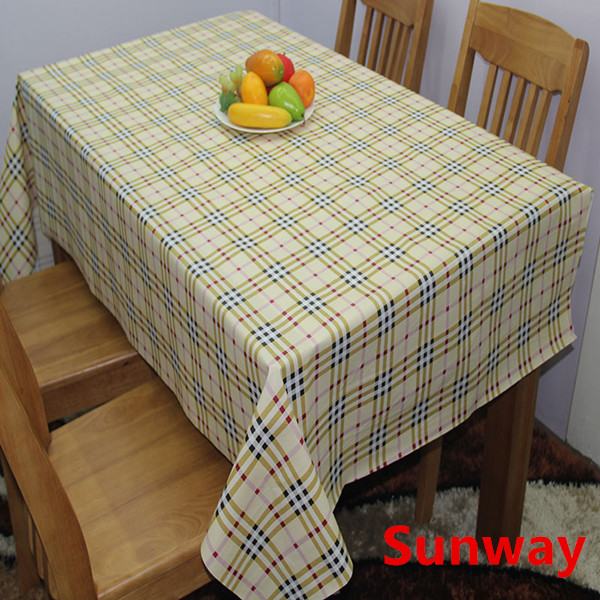Detection range: 96T 5pg/ml-165pg/ml Purpose of use: This kit is used to determine the fibrinogen (FIB) content in bovine serum, plasma and related liquid samples. Experimental principle This kit uses a double antibody sandwich method to determine the level of bovine fibrinogen (FIB) in the specimen. The microplate was coated with purified bovine fibrinogen (FIB) antibody to prepare a solid phase antibody, and fibrinogen (FIB) was sequentially added to the microcapsule of the coated monoclonal antibody, followed by HRP-labeled fibrinogen (FIB). The antibody binds to form an antibody-antigen-enzyme-labeled antibody complex, which is thoroughly washed and then added to the substrate TMB for color development. TMB is converted to blue under the catalysis of HRP enzyme and converted to the final yellow color by the action of an acid. The depth of the color is positively correlated with fibrinogen (FIB) in the sample. The absorbance (OD value) was measured with a microplate reader at a wavelength of 450 nm, and the concentration of bovine fibrinogen (FIB) in the sample was calculated from a standard curve. Kit composition 1 30 times concentrated washing solution 20ml × 1 bottle 7 Stop solution 6ml × 1 bottle 2 enzyme standard reagent 6ml × 1 bottle 8 standard product (320pg / ml) 0.5ml × 1 bottle 3 enzyme label coating plate 12 holes × 8 strips 9 standard dilution 1.5ml × 1 bottle 4 sample dilution 6ml × 1 bottle 10 instructions 1 part 5 color reagent A liquid 6ml × 1 bottle 11 sealing film 2 sheets 6 coloring agent B liquid 6ml × 1 Bottle 12 sealed bag 1 specimen requirement 1. The specimens should be extracted as soon as possible after collection, and the extraction should be carried out according to the relevant literature. The experiment should be carried out as soon as possible after extraction. If the test cannot be performed immediately, the specimen can be stored at -20 °C, but repeated freezing and thawing should be avoided. Samples containing NaN3 could not be detected because NaN3 inhibited horseradish peroxidase (HRP) activity. Procedure 1. Dilution of the standard: This kit provides one original standard, which can be diluted in a small tube according to the following chart. 160pg/ml No.5 standard 150μl original standard added 150μl standard dilution 80pg/ml No.4 standard 150μl No.5 standard added 150μl standard dilution 40pg/ml No.3 standard 150μl No.4 standard Add 150μl standard dilution 20pg/ml No. 2 standard 150μl No. 3 standard Add 150μl standard dilution 10pg/ml No. 1 standard 150μl No. 2 standard to 150μl standard dilution 2. Add sample: Blank holes are respectively set (the blank control wells are not added with the sample and the enzyme standard reagent, and the other steps are the same), the standard holes, and the sample holes to be tested. Accurately load 50 μl of the standard on the enzyme-labeled plate, add 40 μl of the sample dilution to the well to be tested, and then add 10 μl of the sample to be tested (the final dilution of the sample is 5 times). Add the sample to the bottom of the well of the microplate, try not to touch the wall of the well, and shake gently to mix. 3. Incubation: The plate was sealed with a sealing film and incubated at 37 ° C for 30 minutes. 4. Liquor: Dilute 30 times concentrated washing solution with distilled water 30 times and reserve. 5. Wash: carefully remove the sealing film, discard the liquid, dry it, fill each well with washing liquid, let stand for 30 seconds and discard it. , repeat this 5 times, pat dry. 6. Add enzyme: Add 50 μl of enzyme labeling reagent to each well, except for blank wells. 7. Incubation: The operation is the same as 3. 8. Washing: The operation is the same as 5. 9. Color development: Add 50 μl of developer to A5, add 50 μl of developer B, gently shake and mix for 15 minutes at 37 ° C. 10. Stop: add 50 μl of stop solution to each well to stop the reaction ( At this point, the blue turns yellow. 11. Measurement: The absorbance (OD value) of each well was measured sequentially with a blank air conditioner of zero and a wavelength of 450 nm. The measurement should be carried out within 15 minutes after the addition of the stop solution. Summary of operation procedure: Calculate the concentration of the standard object as the abscissa and the OD value as the ordinate. Draw a standard curve on the coordinate paper, and find the corresponding concentration from the standard curve according to the OD value of the sample; multiply by the dilution factor; or Calculate the linear regression equation of the standard curve by using the concentration of the standard and the OD value. Substituting the OD value of the sample into the equation, calculating the sample concentration, and multiplying by the dilution factor, is the actual concentration of the sample. Note 1. The kit should be taken out from the refrigerated environment and allowed to equilibrate for 15-30 minutes at room temperature. If the enzyme label is unsealed after unsealing, the strip should be stored in a sealed bag. 2. Concentrated washing liquid may crystallize out. When diluted, it can be heated and dissolved in a water bath. The washing does not affect the result. 3. The sampler should be used for each step and the accuracy should be corrected frequently to avoid test errors. It is best to control the loading time within 5 minutes. If the number of specimens is large, it is recommended to use a gun. 4. Please make a standard curve at the same time of each measurement, it is best to make a double hole. If the content of the substance to be tested in the specimen is too high (the OD value of the sample is larger than the OD value of the first hole of the standard well), please dilute the sample dilution with a certain multiple (n times) before measuring. When calculating, multiply the total dilution by the total dilution. Multiple (×n×5). 5. The sealing film is intended for single use only to avoid cross-contamination. 6. Keep the substrate away from light. 7. Strictly follow the instructions of the manual, the test results must be determined by the microplate reader reading. All samples, washings and various wastes should be treated as infectious materials. 9. The different batch components of this reagent must not be mixed. 10. In the case of an English manual, the English manual shall prevail. Storage conditions and validity period 1. The kit is stored: 2-8 °C. 2. Validity: 6 months
This Non Woven Tablecloth is made of Environmental protection material 100%, we have got the certificates of SGS, ROHS, ISO9000 and ISO14000 , our products have sold to Europe, America, Japan, Korea, Middle East, southeast Asia and other countries for many years , for the bag`s shape , size , thickness, color and printing which can be customized according to your requirements , we can give you best quality and price , welcome to contact us .



Non Woven Tablecloth
Non Woven Tablecloth,Non Woven Fabric Tablecloth,Tablecloth Rolls Fabric,Non Woven Plastic Tablecloth
Shenzhen Sunway Packaging Material Co., Ltd , https://www.sunwaypacks.com